

Ben Zachariah
CarExpert's top five ute reviews of 2025
4 Minutes Ago
The two best sports luxury sedans out there go head-to-head. It's Germany v England, BMW v Jaguar. And to be honest, there are no wrong answers.

Senior Contributor
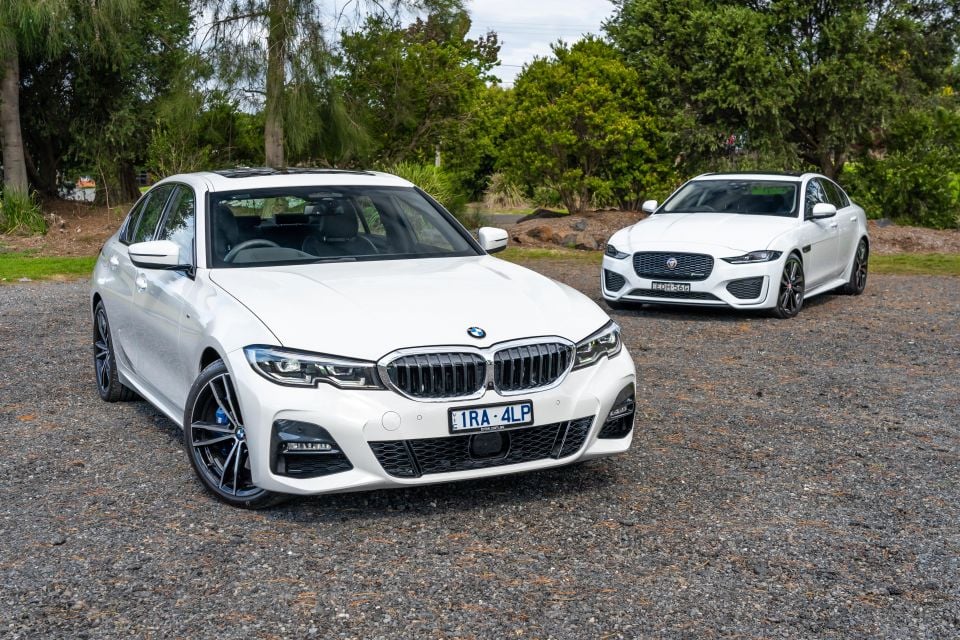

Senior Contributor
If you’re after a sporty, premium sedan then the BMW 3 Series and Jaguar XE should sit atop your shortlist.
Moreover, you don’t need to drop six figures to get a version you’d be proud to own.
The volume-selling 330i and XE P300 R-Dynamic SE are both brilliant examples of young-executive luxury for a reasonable outlay.
The reason why the Bavarian and the Brit are so extricably linked to one another is because they’re attempting to do the same thing: be the sportiest, most ‘coupe-like’ sedan to drive.
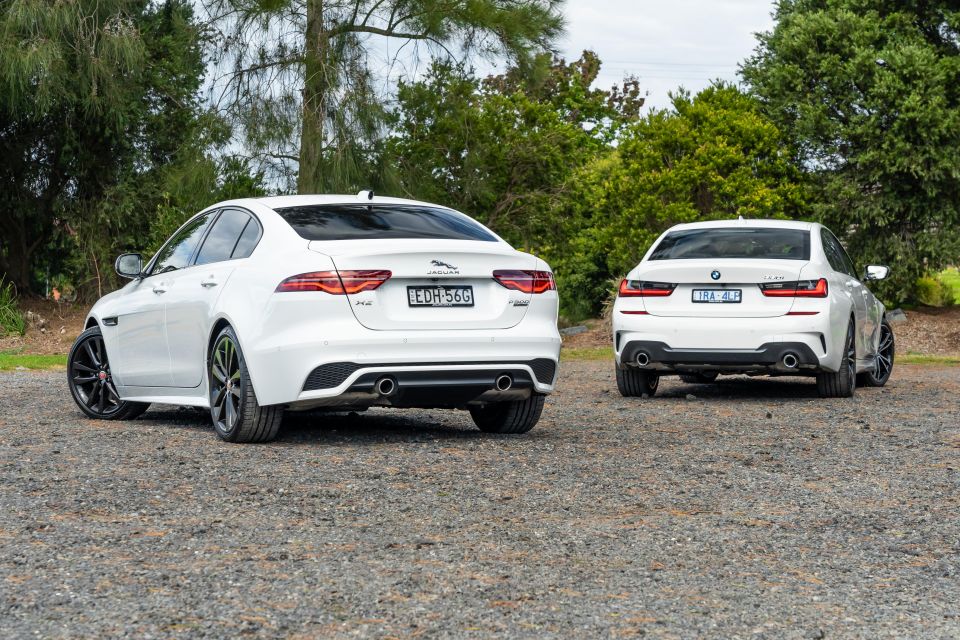
The BMW 330i with no-cost and desirable M Sport package has a recommended list price (before taxes, dealer charges) of $71,900, though as-tested with options cost $74,862 before on-road costs.
The Jaguar XE R-Dynamic SE costs $65,670 before on-road costs, though with the options fitted to our test car it wore a theoretical list price of $75,375 before on-roads.
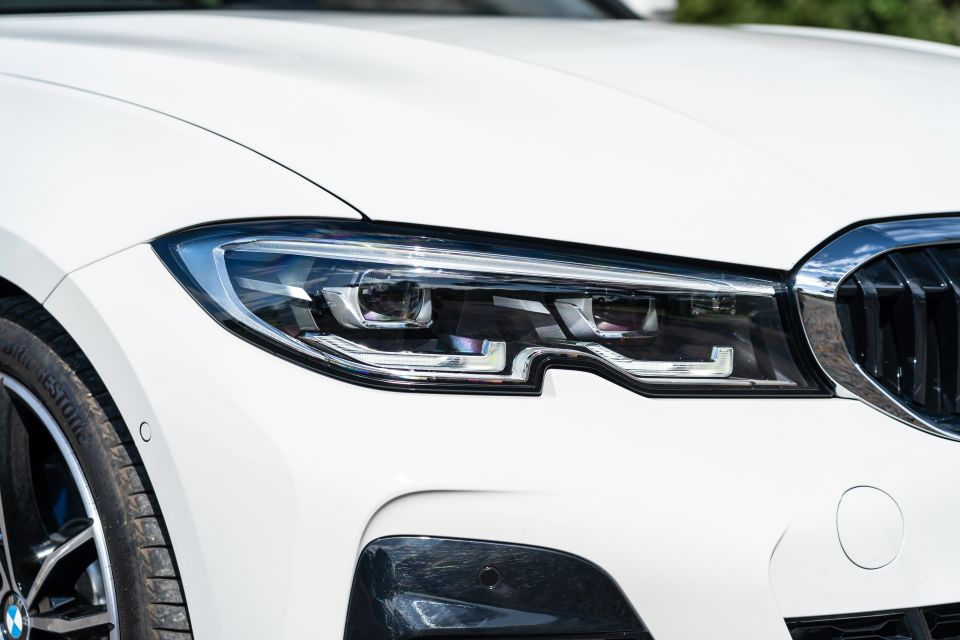
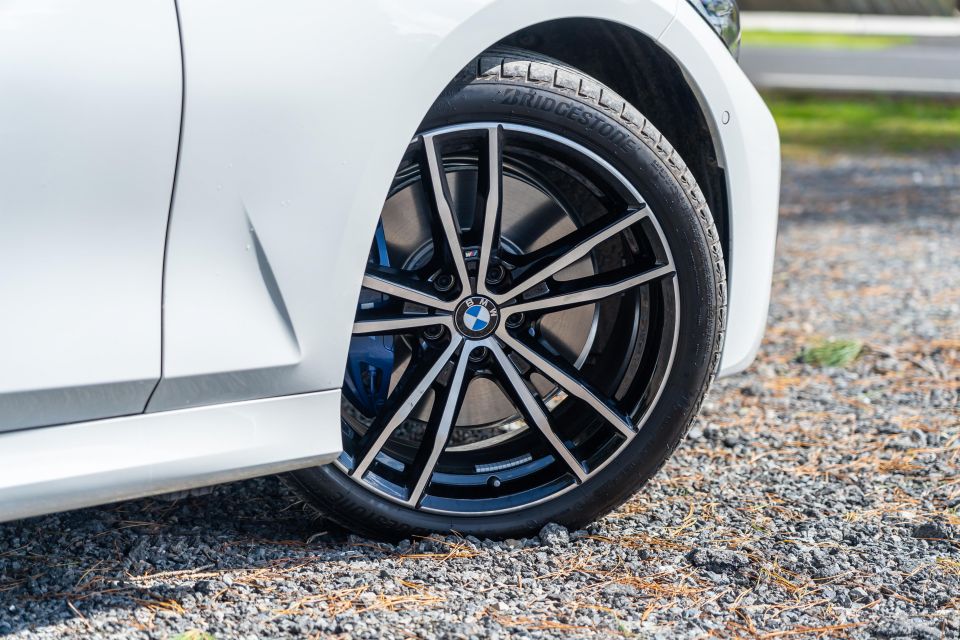
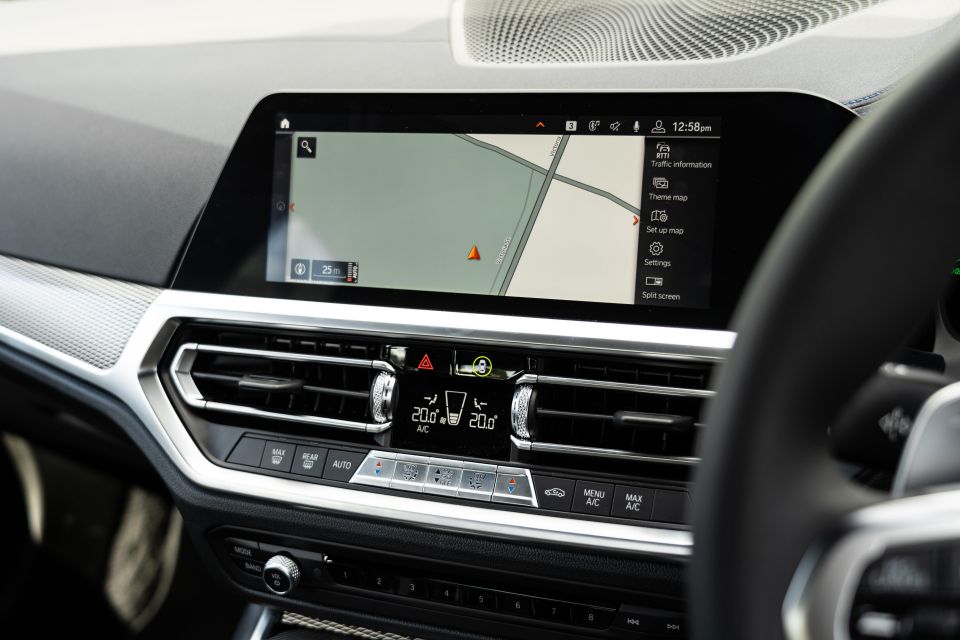
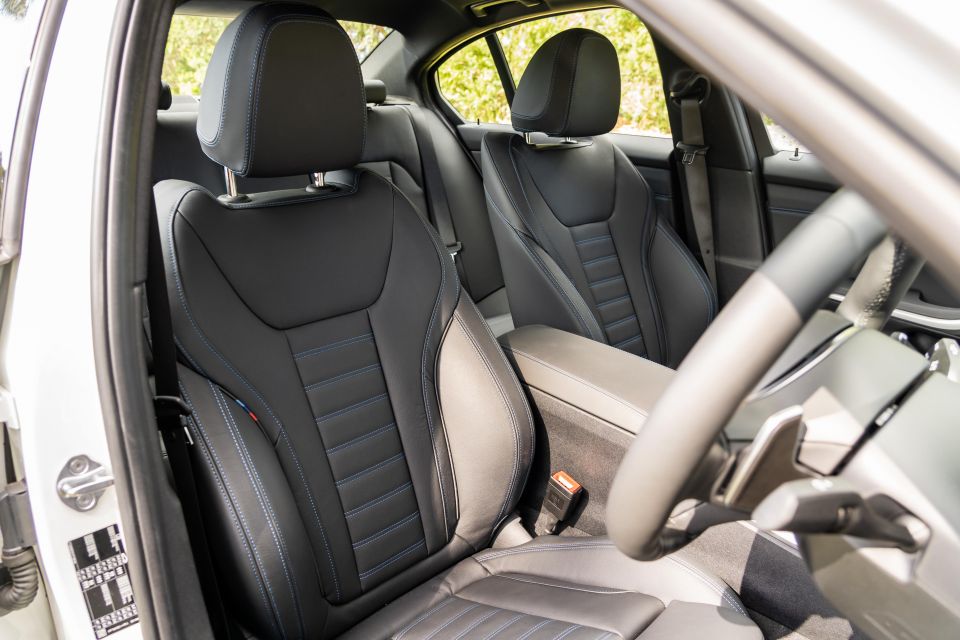
Common features found in both include active LED headlights, rain-sensing wipers, proximity key-fob access, leather seat trim, climate control (two-zone for the Jag, three for the Bimmer), satellite navigation, Apple CarPlay (wireless for the BMW), and digital radio.
The BMW’s standard 19-inch wheels are larger than the Jaguar’s 18s, and the German also scores as standard a 360-degree camera view, a head-up display (HUD), and a wireless phone charging pad – all of which are options on the Jaguar costing $360, $1300, and $180 respectively. At least the Jag gets Android Auto, however we understand that’ll roll out on the BMW soon.
The BMW we had on test only came with two options: a sunroof ($2231) and a ‘Sensatec’ faux lather dash trim piece ($731).
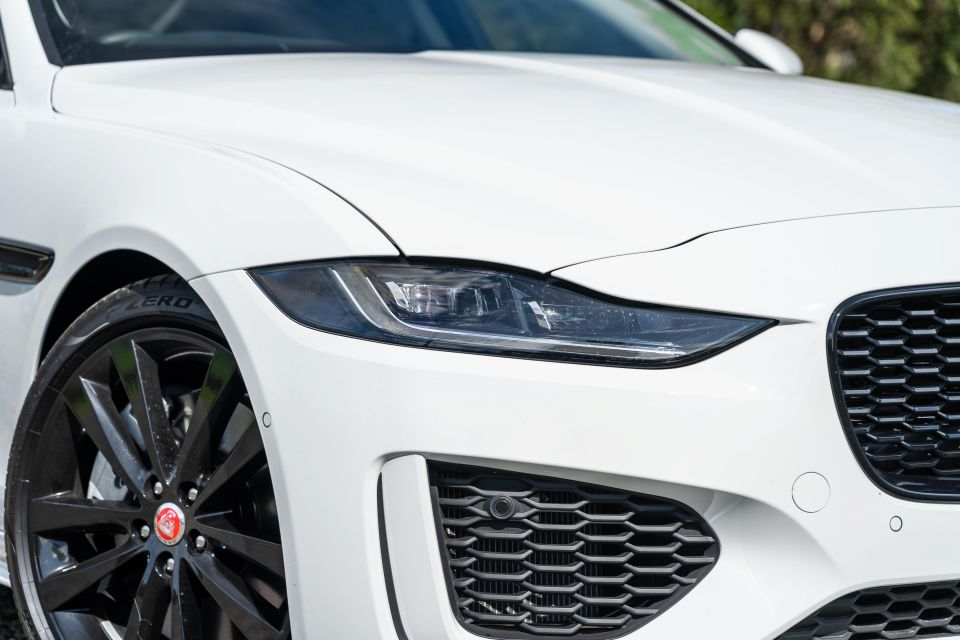
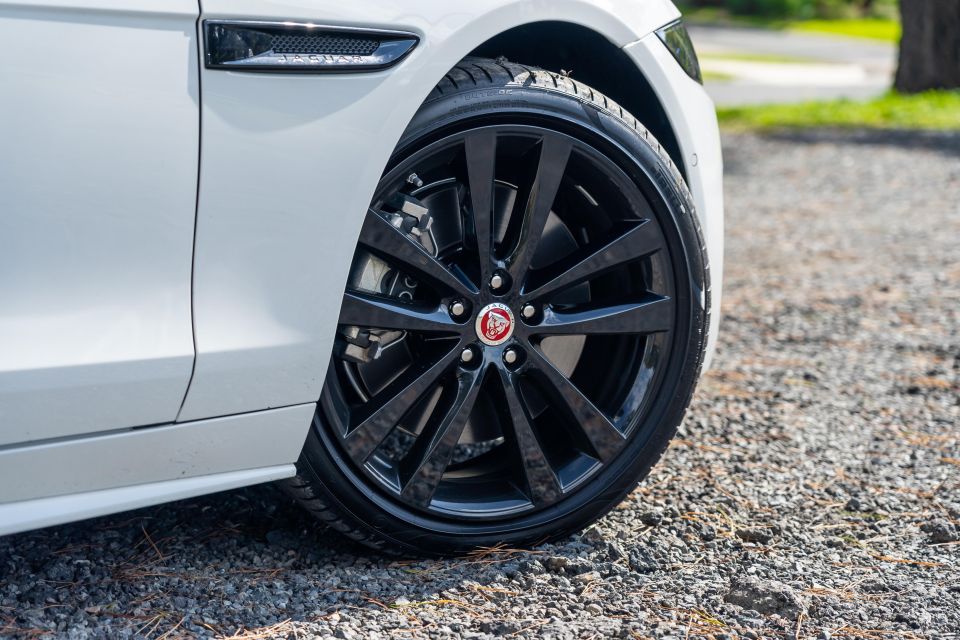
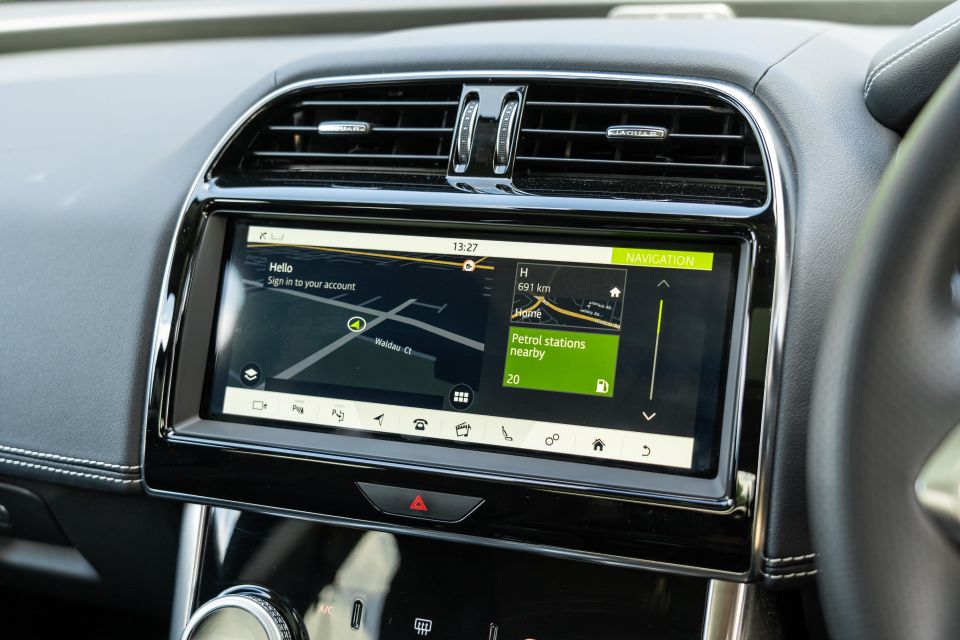
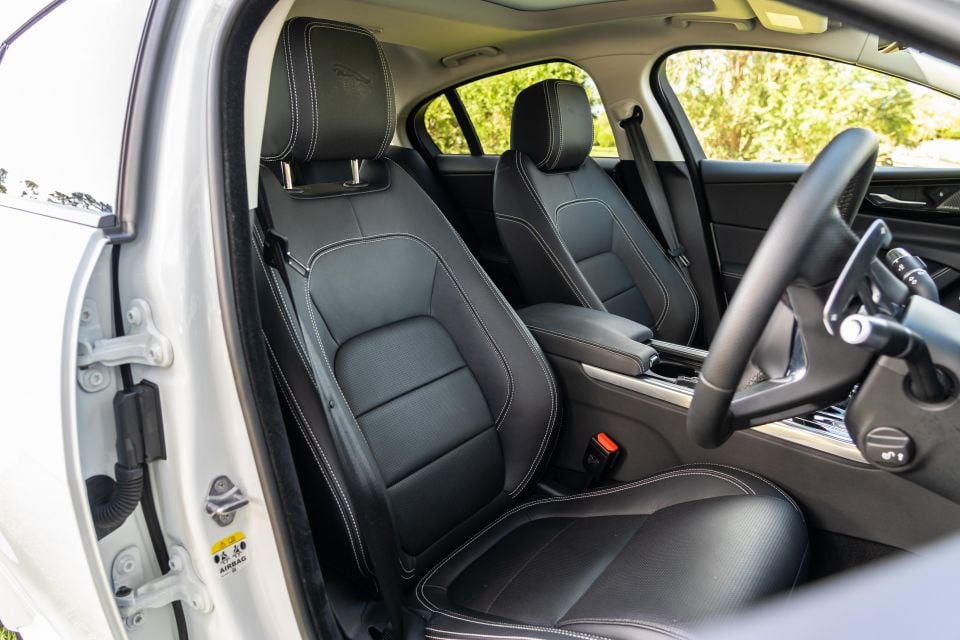
Beyond the optional HUD, wireless charger, and 360-degree camera mentioned already, other options fitted on our Jaguar included its sunroof ($1900), an uprated 380W Meridian sound system with 11 speakers ($1200), 19-inch black alloy wheels ($1300), 14-way heated front seats with driver-side memory presets ($1120), black exterior trim ($840), rear privacy glass ($650), and 40:20:40 black seats with a centre armrest ($460).
There was also a cool digital rear-view mirror called ClearSight priced at $405, and a Drive Pack adding higher-speed autonomous emergency braking mode, adaptive cruise control instead of passive, and blind-spot monitoring ($1340).
It’s good fun going through and ticking options boxes, especially when you aren’t the one paying. Without boring you to death, other features you can go for, which aren’t found on these test cars, include:
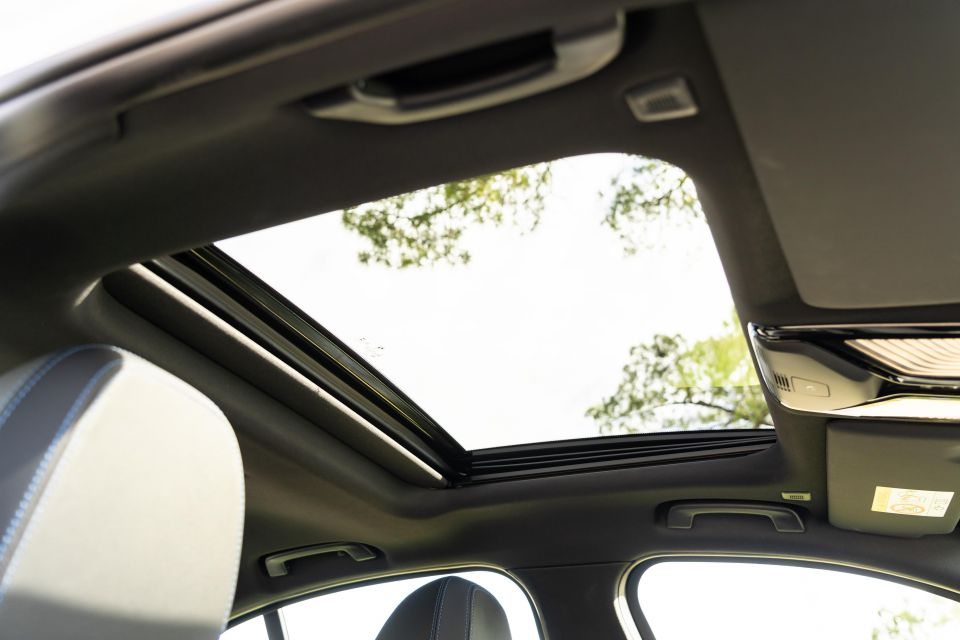

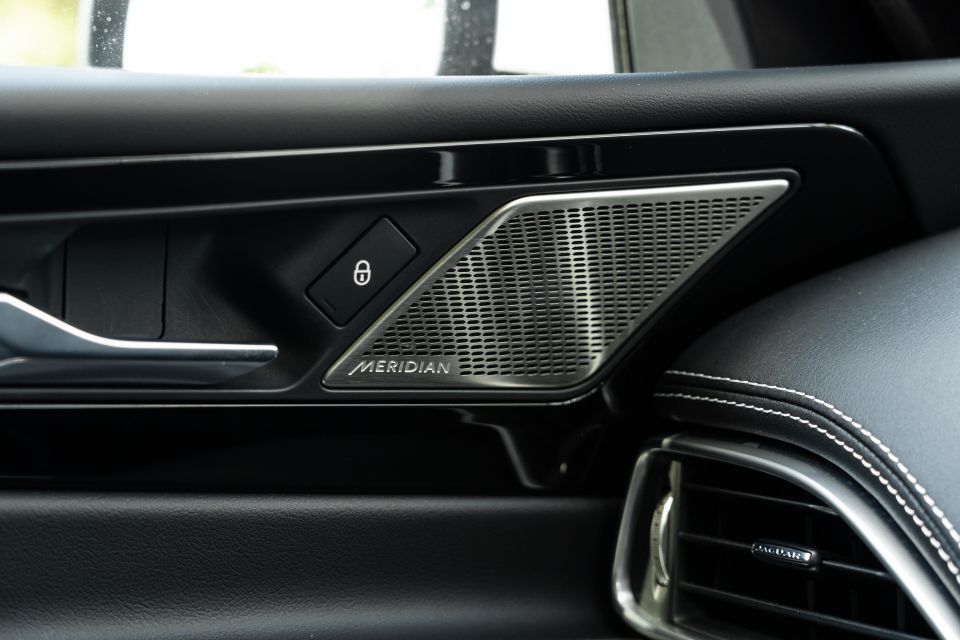

BMW: Seven leather trim colours and five interior trim finishes (ours had Aluminium Tetragon but there’s oak, maple, ash, and aluminium), Gesture Control ($462), a 16-speaker Harman/Kardon audio system ($846), BMW Laserlights (brilliant for country driving, $1462), M Sport rear differential ($1846), a heated wheel ($308), an integrated Drive Recorder dash cam you can download from the ConnectedDrive Store ($429), the Exclusive pack with leather on every touchpoint ($3615), and various metallic paint choices priced between $1538 and $4692.
Jaguar: Four leather choices (Ebony, Light Oyster, Mars Red, Siena Tan), Matrix LED headlights ($1350), red brake calipers ($620), a gesture-operated electric boot lid ($650), an even more potent 17-speaker (and subwoofer) 825W Meridian audio system ($2000), and various metallic paint choices priced between $1400 and $2700.

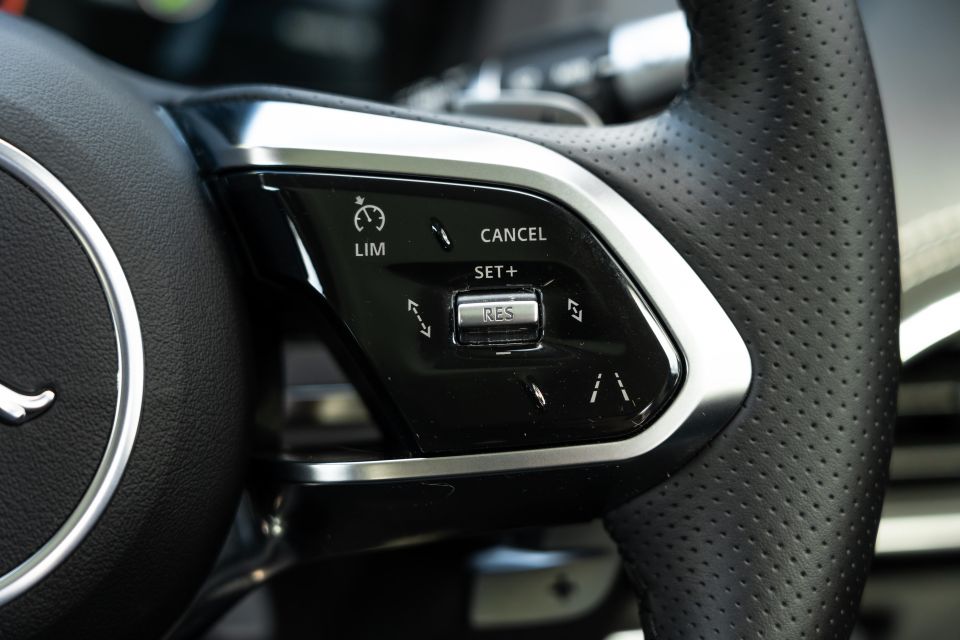
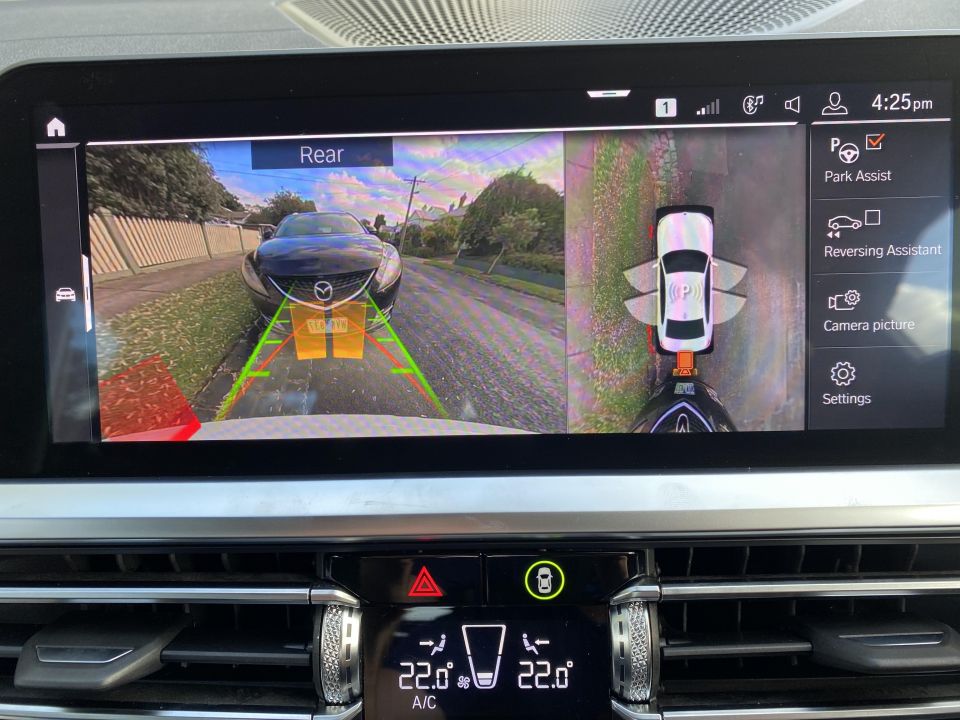
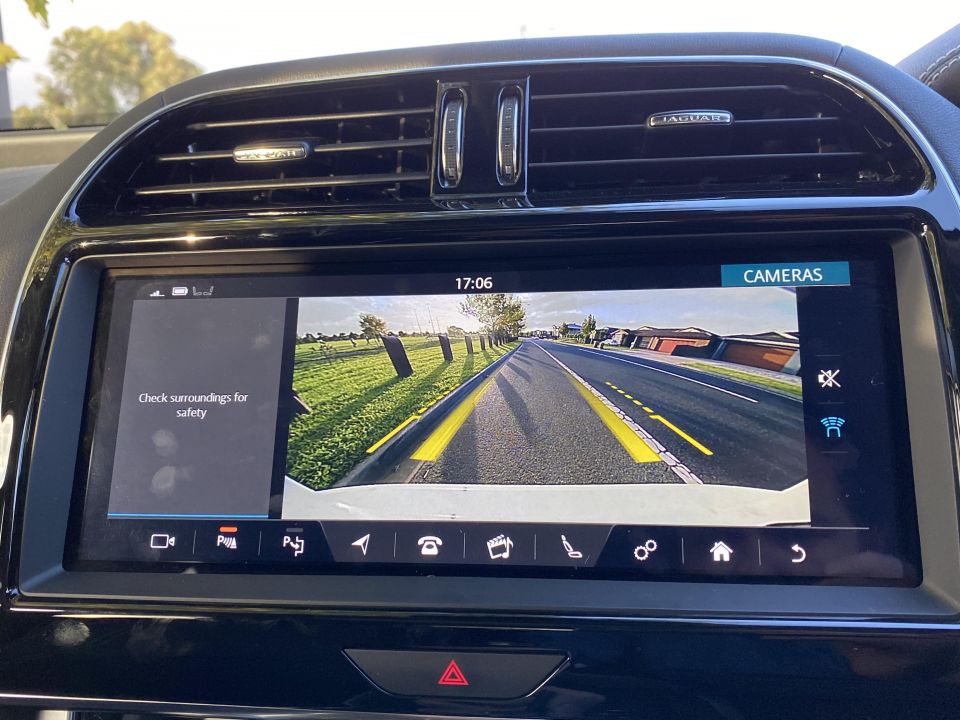
Both have the maximum ANCAP crash ratings of five stars, though the BMW’s 2019 date stamp is more contemporary than the Jaguar’s 2015 score.
All have dual front, front-side, and full-length curtain airbags, and active safety systems such as standard autonomous emergency braking (all speeds for BMW, below 80km/h for the Jaguar), lane-keeping assist, traffic sign recognition, and parking assist.
As mentioned earlier only the BMW has active cruise control and blind-spot monitoring standard – both should be fitted standard to the Jaguar rather than as options, I think.
You can read the respective crash reports at the links below.
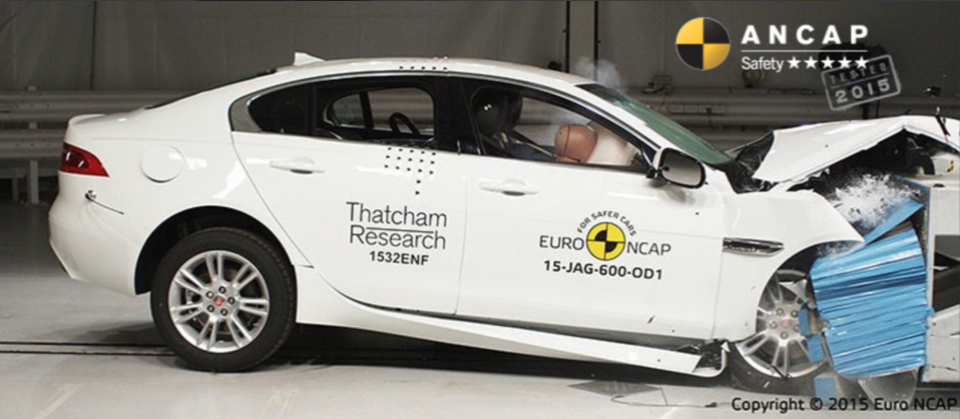
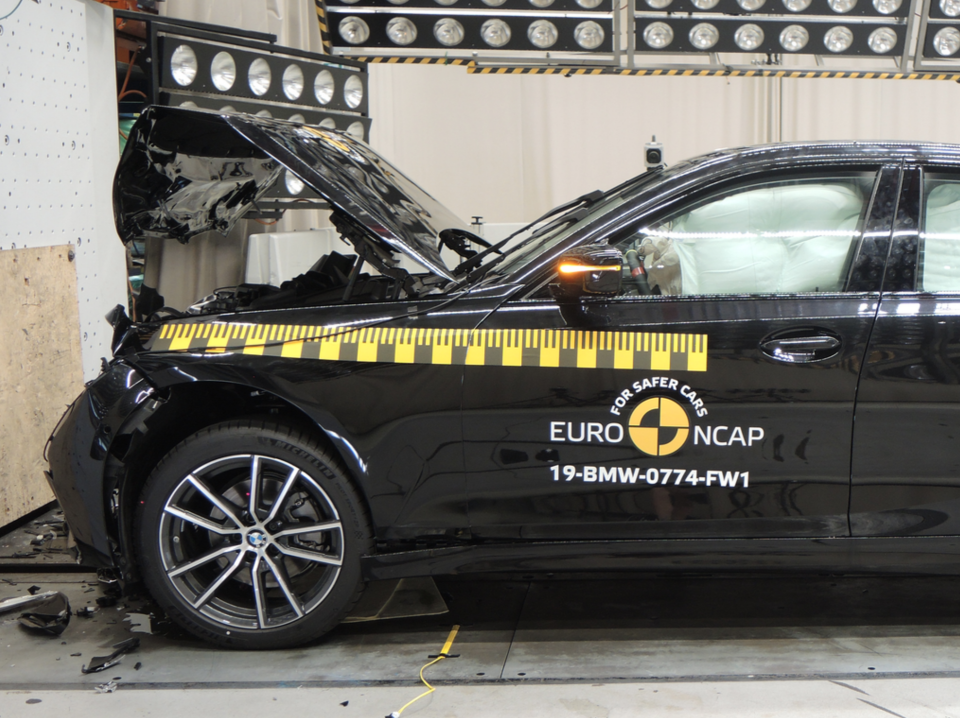
| BMW 3 Series | Jaguar XE | |
|---|---|---|
| ANCAP score | Five stars | Five stars |
| Year tested | 2019 | 2015 |
| Adult Occupant | 97% | 92% |
| Child Occupant | 87% | 82% |
| Pedestrians/Cycles | 87% | 81% |
| Safety Assist | 77% | 82% |

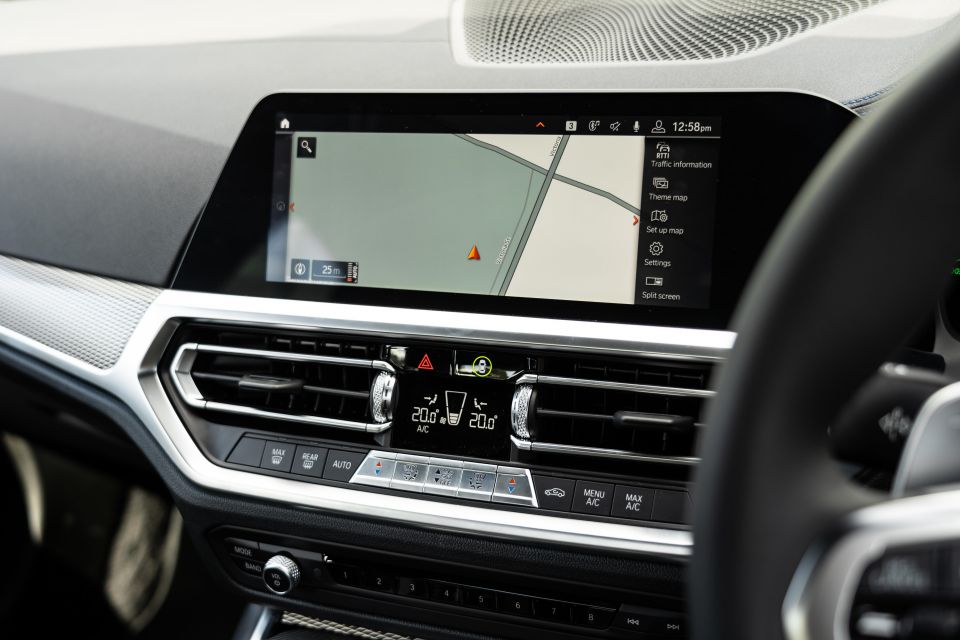
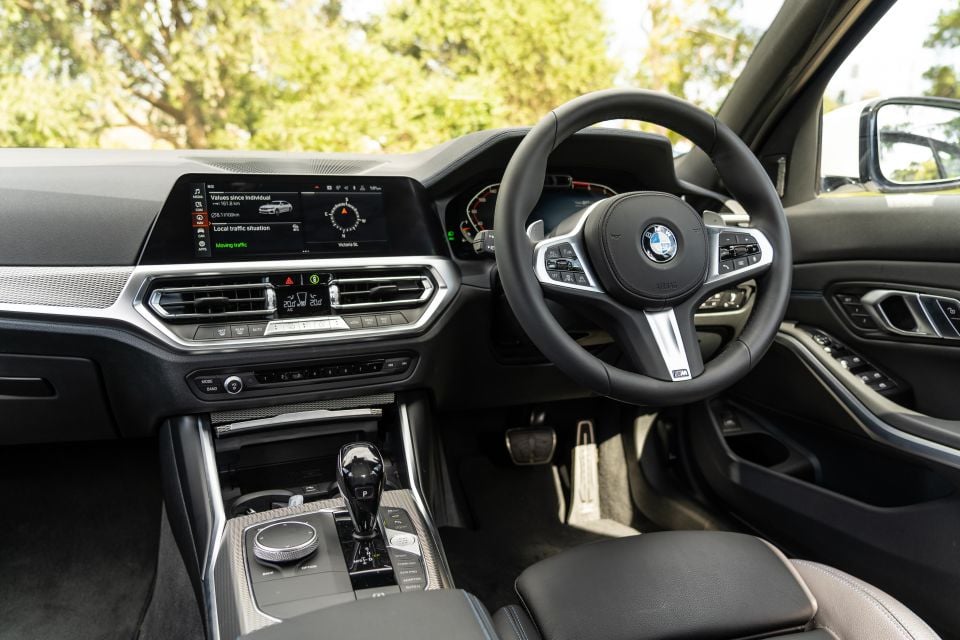
BMW
The G20-generation 3 Series interior is more spacious and sports a cleaner layout than the old model’s. The fascia is still driver-oriented, but there are higher-grade materials used.
Historically, the 3 Series has always been well-made, but it hasn’t usually been this stylish.
The standard contrast trim finish is called Aluminium Tetragon, though you can buy various wood or metallic finishes. It’s polarising but I like it. Ditto the blue stitching.
The new centre console and transmission tunnel section now houses the starter button, situated near the iDrive dial, and a wireless phone charging pad. There’s also a parking brake switch and proper centre console unlike the old model, augmenting the big door bins.


The 10.25-inch central screen’s BMW OS7.0 operating system is super easy to operate. BMW’s new personal voice assistant worked pretty well for the most part – it’ll find your address, change your radio station, or increase the cabin temperature when commanded – and the fact it can be updated online means it’ll improve.
The driver’s 12.0-inch instrument screen can be modified to show navigation or active safety programs, or be minimised altogether.
Some folks might long for the days of analogue gauges, so perhaps a simpler display mode imitating an E46’s cluster could be a fun addition? The head-up display is industry-leading for clarity and quality.
The boot is 480L (the wagon’s is 500L with a bigger aperture), and the 40:20:40 folding back seats carry over. There’s more headroom and shoulder room, and bigger entry and exit spaces. I’m 194cm and sat behind my own driving position, and had my own air vents and USB plugs back there. It’s not quite a Camry, but it’s roomier than some.
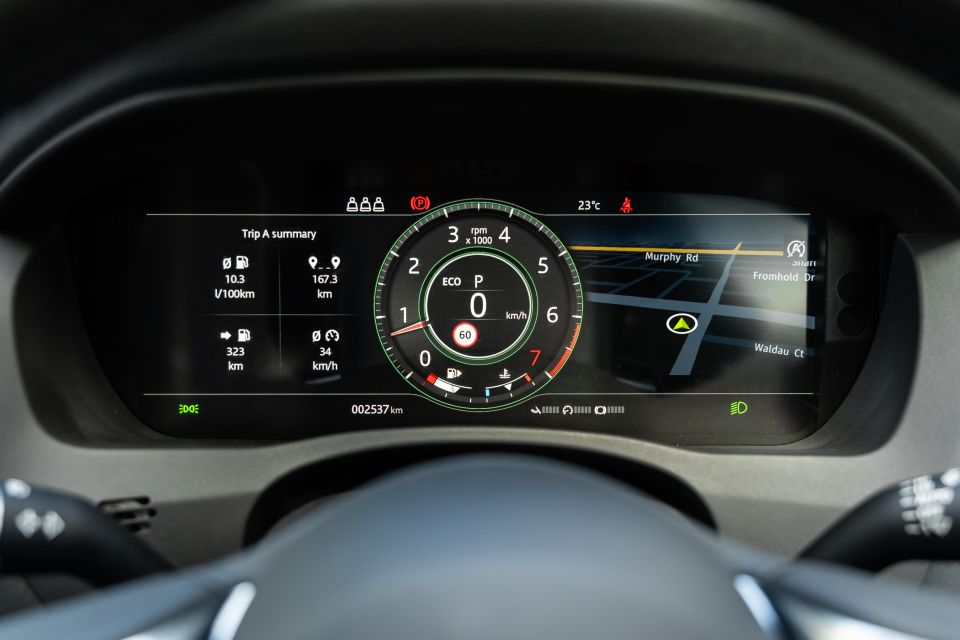

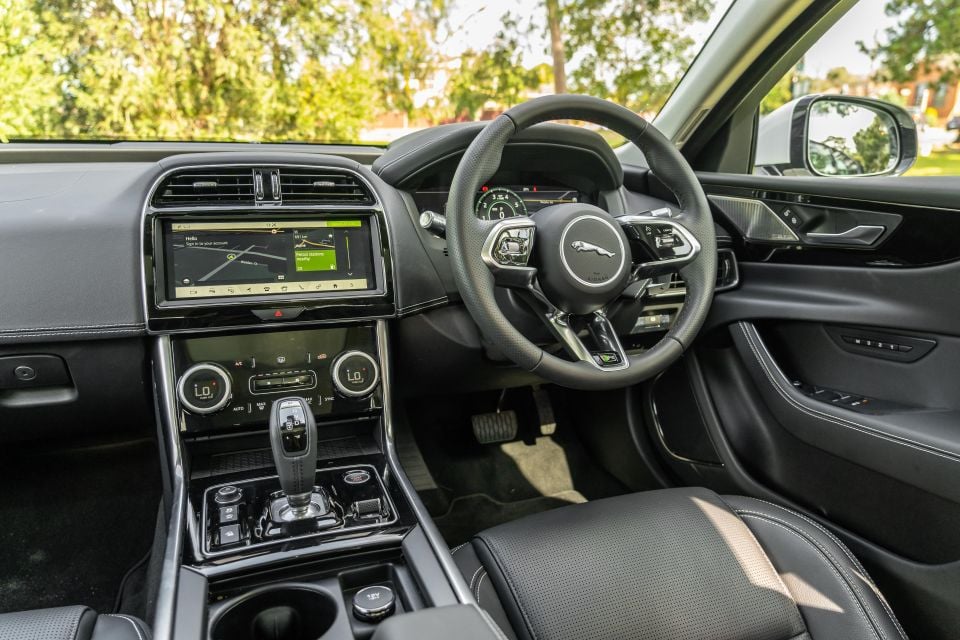
Jaguar
Since 2015, one of the biggest criticisms of the Jaguar XE has been its interior. But the MY20 facelift improved things in terms of design simplicity and material quality. For instance, the plastic running along the side of the transmission tunnel no longer wobbles where it frames the ventilation controls.
The fascia is cleaner, and the I-Pace-inspired ventilation controls a nice touch. The wraparound dash that forms into the doors looks nice.
There’s sufficient storage thanks to bottle holders in the doors and the open section below the fascia (as well as a glovebox), while the gear shifter is now a more familiar design than the old rotary dial, enabled by shift-by-wire.
The seats are great, at least as comfy as the BMW’s if not as stylish to look at, and the low-slung driving position and great wheel with metal paddle shifters behind lend the XE an ostensibly sports car-like interior layout.

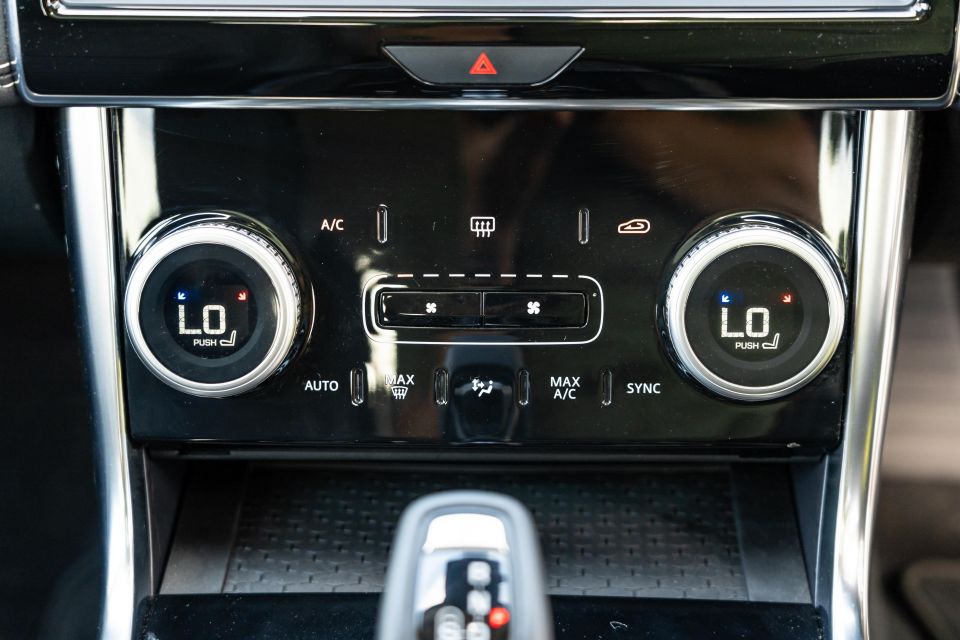
With a 10-inch display, the touchscreen infotainment system has the real estate to take on the best from Germany, but as we pointed out in our single-car review, its software lags behind. The graphics on the tile-based home screen look a bit basic compared to BMW OS7.0, and the reversing camera lacks the overhead-view mode.
While there’s no standard head-up display, the large digital instrument cluster with changeable looks and the ability to integrate mapping is great. I again find BMW’s digital instruments lack the right sort of retro design clarity – a nod to analogue types like me.
Where the update hasn’t helped is in the back. Legroom behind taller drivers is limited and the roof lining will ruffle the hair of even average-height people. If your family is short, it won’t be an issue. But anyone approaching average height will want to think long and hard about how they use that back seat.
It’s a similar story with the boot which, at 410L, trails behind the 3 Series (480L), but also the Audi A4 (480L) and Mercedes-Benz C-Class (435L).
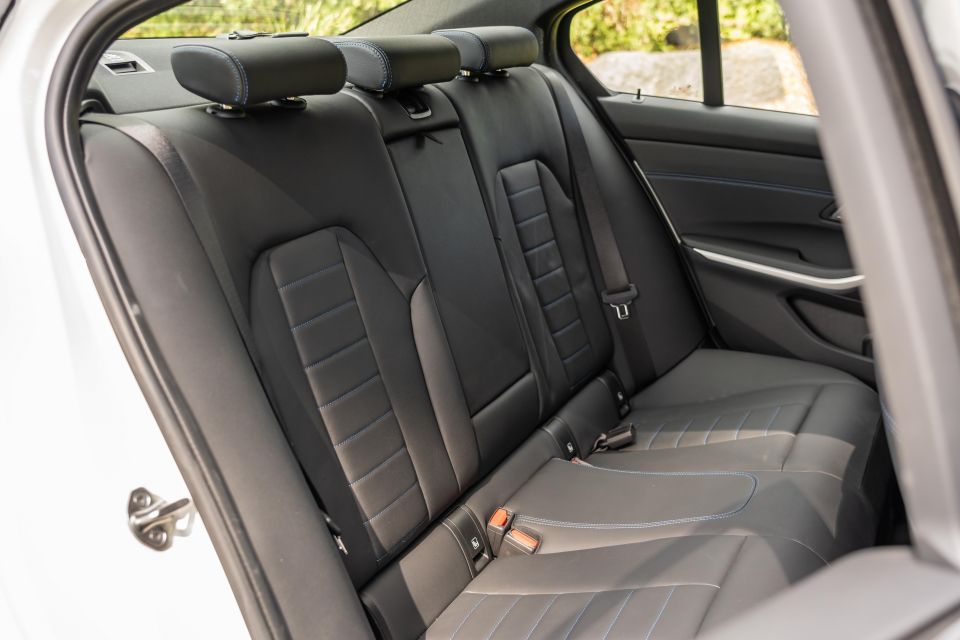
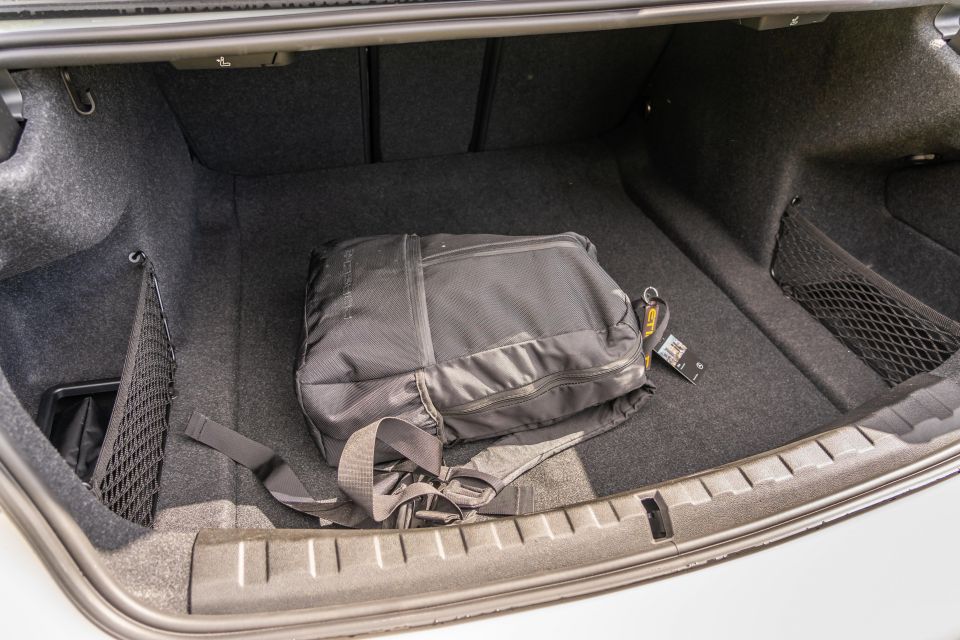


| BMW 3 Series | Jaguar XE | |
|---|---|---|
| Length | 4709mm | 4678mm |
| Width | 1827mm | 1967mm |
| Height | 1435mm | 1416mm |
| Wheelbase | 2851mm | 2835mm |
| Tare weight | 1433kg | 1523kg |
| Boot space | 480L | 410L |
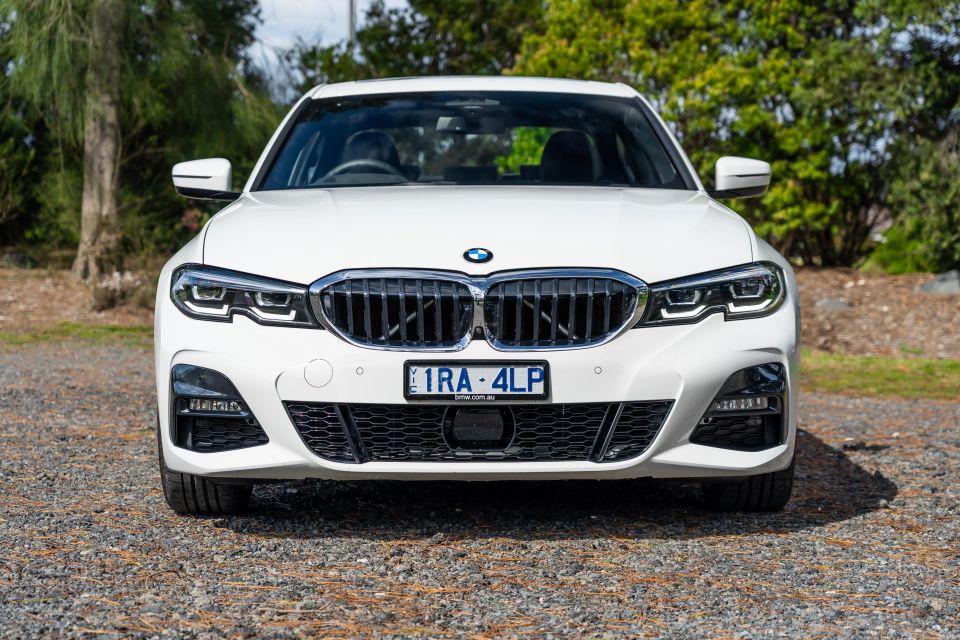
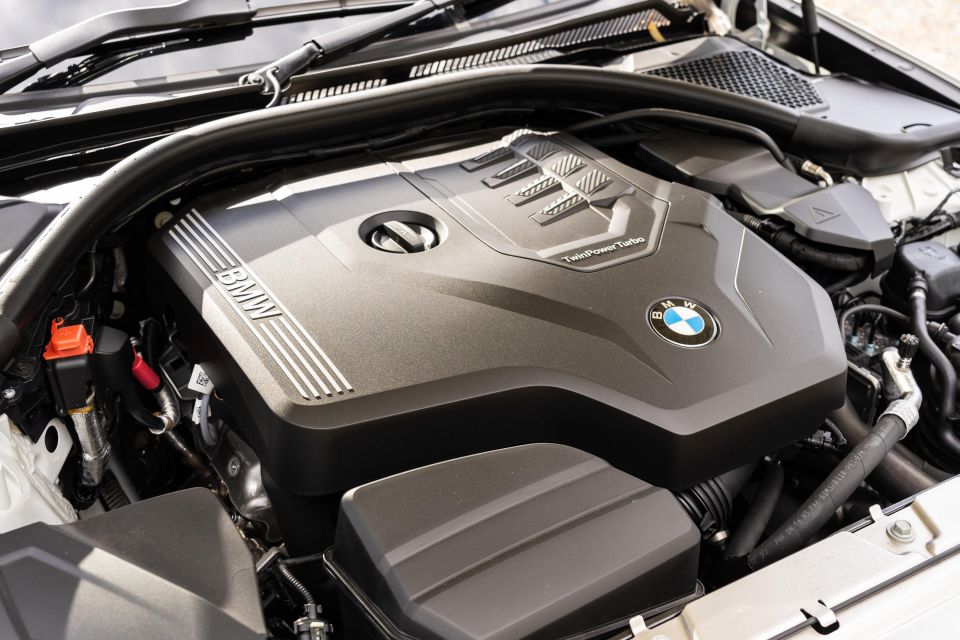
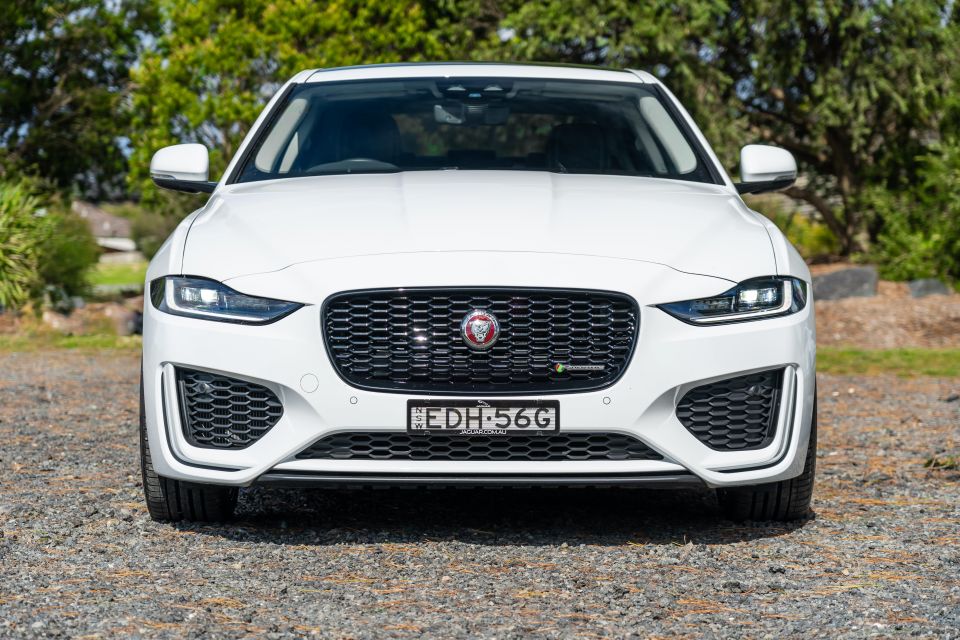
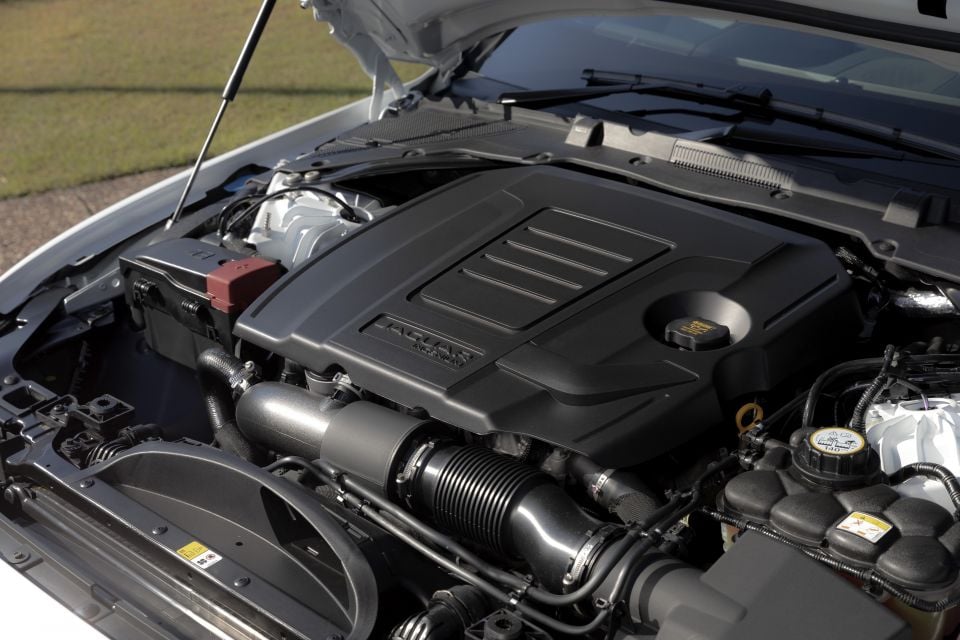
Both have turbocharged 2.0-litre four-cylinder petrol engines.
The BMW’s makes peak power of 190kW and peak torque of 400Nm, giving it a power-to-weight ratio of 132.6kW per tonne (kW/t).
The Jaguar’s in-house engine makes 221kW and 400Nm, meaning its power-to-weight is superior (145.1kW/t).
Both are also rear-wheel drive as sports sedans should be, and use eight-speed automatic transmissions made by ZF.
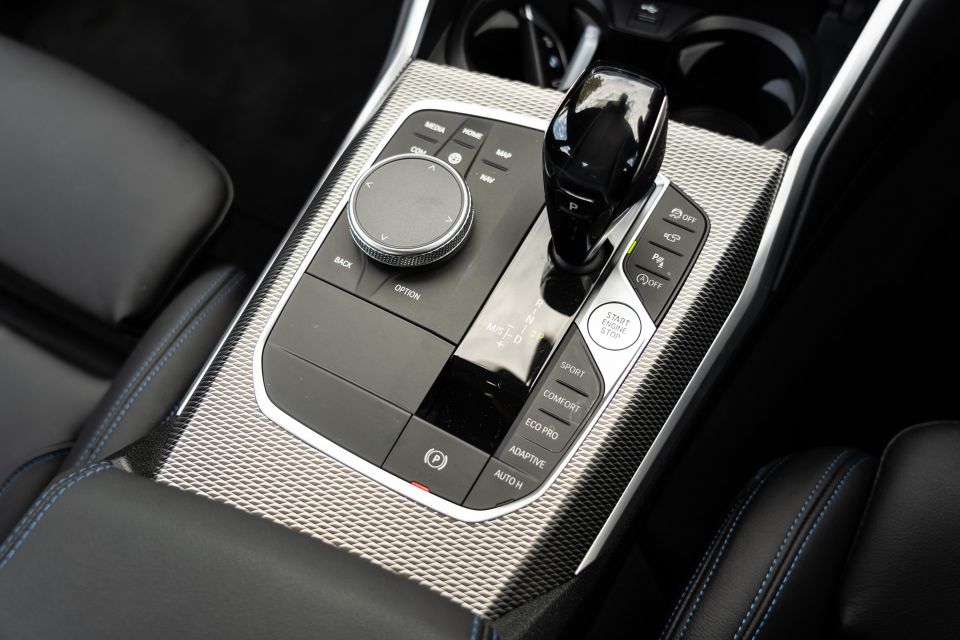
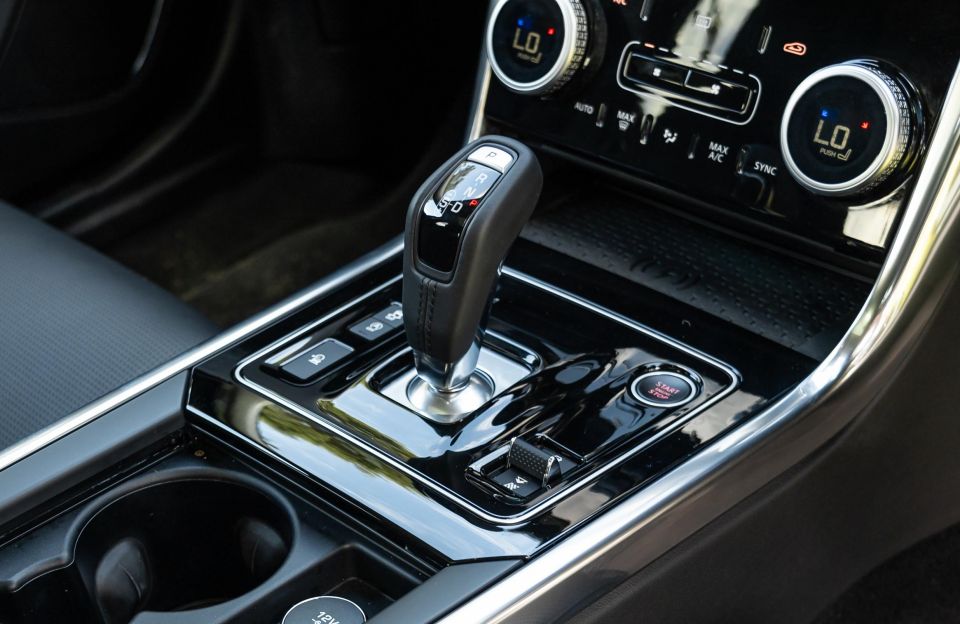
Where expert car reviews meet expert car buying – CarExpert gives you trusted advice, personalised service and real savings on your next new car.
Surprisingly the Bimmer is actually a tenth quicker to 100km/h from stationary, at 5.8 seconds versus 5.9 seconds. Put this down to the better gearbox calibration.
Both are fuel sippers, especially with the transmission mapping and throttle response ‘modes’ set to prioritise economy. The official figures are 6.4 litres per 100km for the BMW, and 6.7L/100km for the Jaguar.
The BMW comes with cool mileage-eking tech like active grille shutters, brake-energy recuperation, and a particularly slick start/stop system.
The 2.0-litre ‘Ingenium’ engine is now the sole option in the trimmed-back Jaguar XE range (RIP supercharged six), whereas the G20 BMW 3 Series range also comes with an inline-six (M340i xDrive) or a plug-in hybrid (330e) too.
| BMW 3 Series | Jaguar XE | |
|---|---|---|
| Engine | 2.0-litre, 4-cyl | 2.0-litre, 4-cyl, turbo |
| Power | 190kW @ 5000rpm | 221kW @ 5500rpm |
| Torque | 400Nm @ 1550rpm | 400Nm @ 1500rpm |
| kW / tonne | 132.6 | 145.1 |
| Transmission | 8-speed auto | 8-speed auto |
| Driven wheels | Rear | Rear |
| Fuel consumption | 6.4L/100km | 6.7L/100km |
| 0-100km/h | 5.8 seconds | 5.9 seconds |
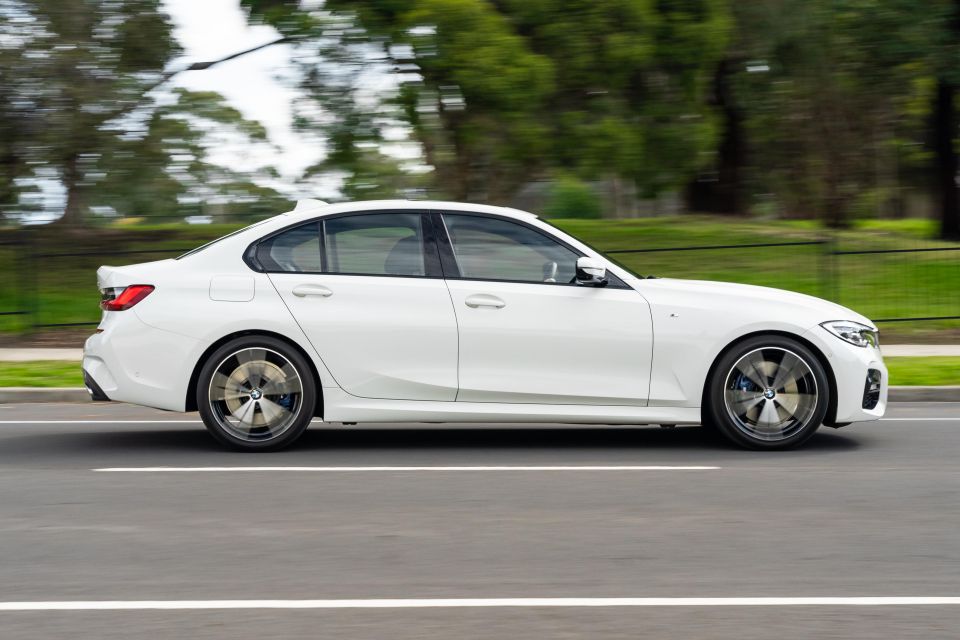
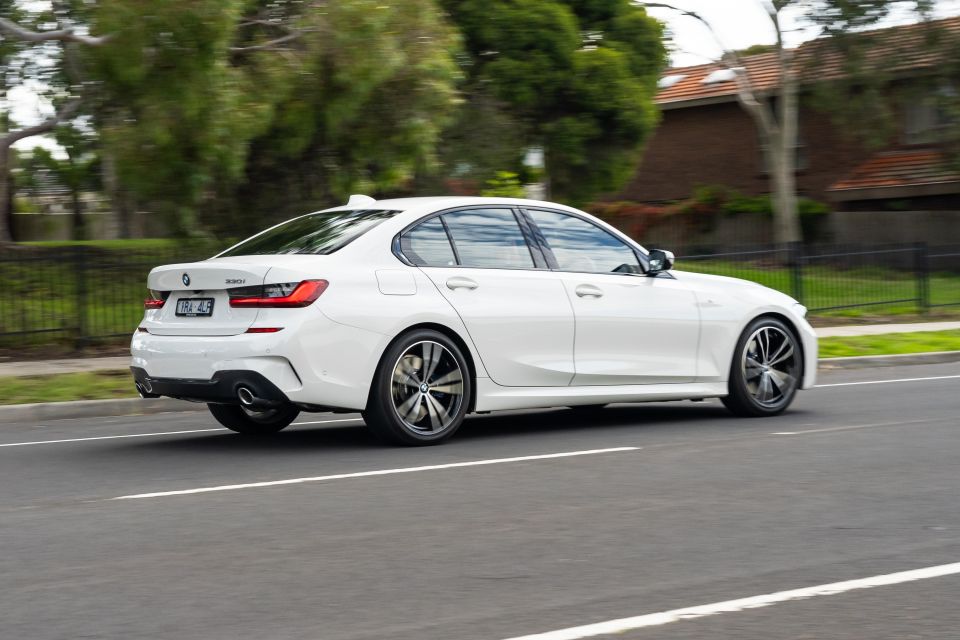
BMW
The new 3 Series is a clean-sheet redesign, based on the company’s longitudinal CLAR (cluster architecture) platform, shared in large part with the X3, X5, and 5 Series.
The drivetrain is about perfect, really. Peak torque is available from 1550rpm through to 4400rpm, which means there’s always pulling power in any gear, at any (legal) speed. In Sport mode the exhaust system sends a raspy note into the cabin, adding some much-needed character.
And as before, the eight-speed automatic transmission is utterly unobtrusive and always in the right ratio. If there’s a better-balanced, smoother, and punchier mid-tier performance four-cylinder drivetrain out there, I haven’t driven it.
The G20 is bigger in every area than the old car, with 76mm increases in length and 40mm/20mm in the front/rear tracks, and the monocoque is 50 per cent stiffer than before. Yet greater use of aluminium means that it’s also 55kg lighter. It’s also trimmer than the Jag.
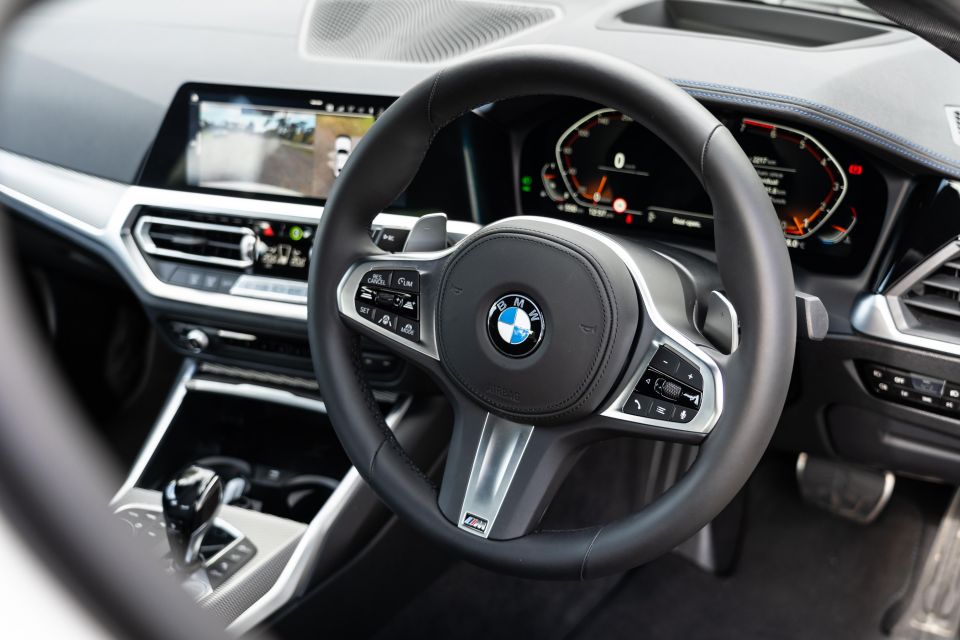
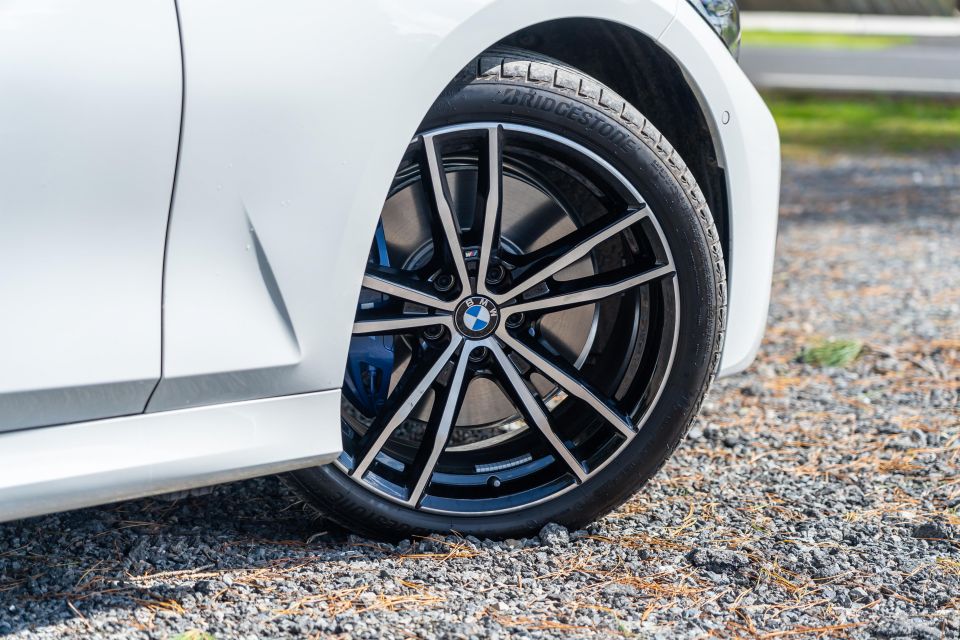
The fundamental suspension layout remains strut/multi-link, though the components use more lightweight materials. It also has a lower centre of gravity, a slippery 0.23 coefficient of drag rating, and retains the signature 50:50 weight distribution.
The 330i standard M suspension includes adjustable dampers that make the ride firmer or softer at the press of a button, and there are notable differences. It also comes with speed-sensitive Servotronic electric-motor-actuated steering, meaning it becomes more resistant at higher speeds and lighter in car parks.
Despite rolling on hard-sidewall 19-inch run-flat tyres, the ride quality over corrugations is hard to fault, the refinement levels are high, the seats supportive, and the handling and body control through cornering loads tight. Tip the car into sport mode and the steering gets more resistant.
The only less-than-stellar element is the steering ‘feel’, which isn’t quite as communicative as the Jaguar’s. And what gives with BMW’s obsession with fat steering wheel rims?
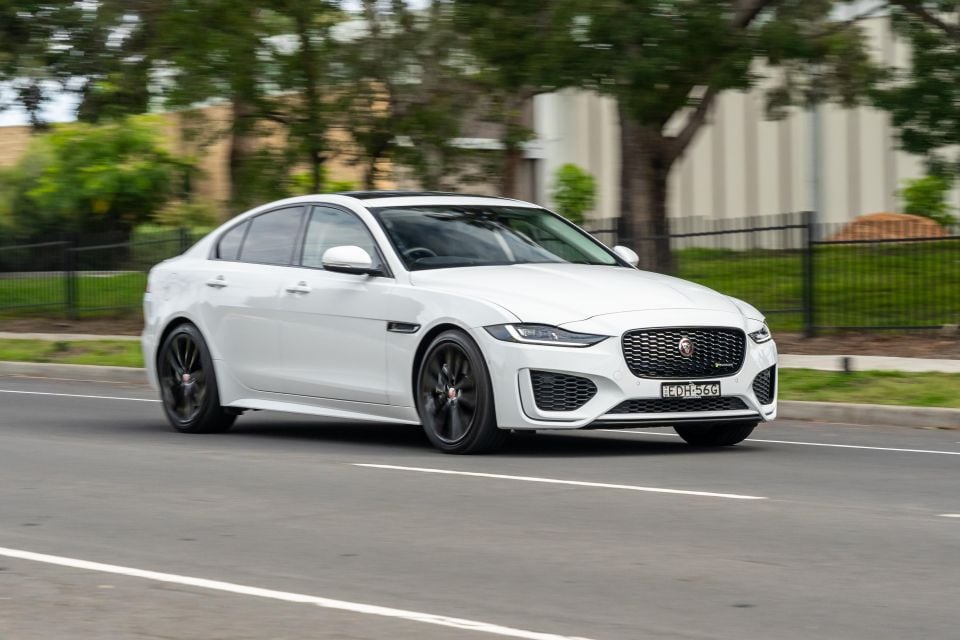
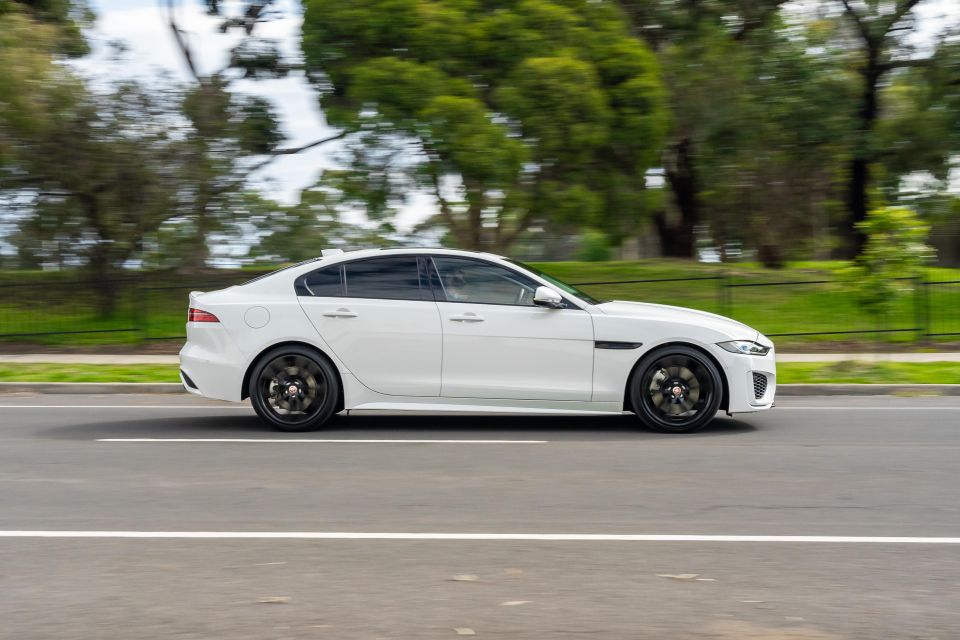
Jaguar
The Jag’s Ingenium engine is likewise a ripper, with a very similar torque curve to the BMW and an ability to deliver peak power 500rpm later in the rev band, meaning even more snarling coming from those twin pipes.
The driving mode selector lets you mess with the throttle pick-up point and the transmission shift points, with the dynamic settings telling that transmission to hold onto lower ratios just a little longer, for greater exit speeds. That said, it’s not quite as smooth and unobtrusive as BMW’s tune of the same basic gearbox.
As you can see in the table further up the story, the Jag is shorter and lower than the BMW, but wider – albeit scarcely when it comes to front or rear tracks, which makes us wonder… The body is made of a claimed 75 per cent aluminium, though as I said it’s still a little portlier than the Bimmer. The car has a Cd rating of 0.26 and a 50:50 weight split.
The Jag’s suspension has some Hollywood about it, comprising double wishbones at the front trickled down from the F-Type, and an Integral Link setup at the rear designed – according to Jaguar – to offer higher degrees of lateral and longitudinal stiffness than more common multi-link arrangements.
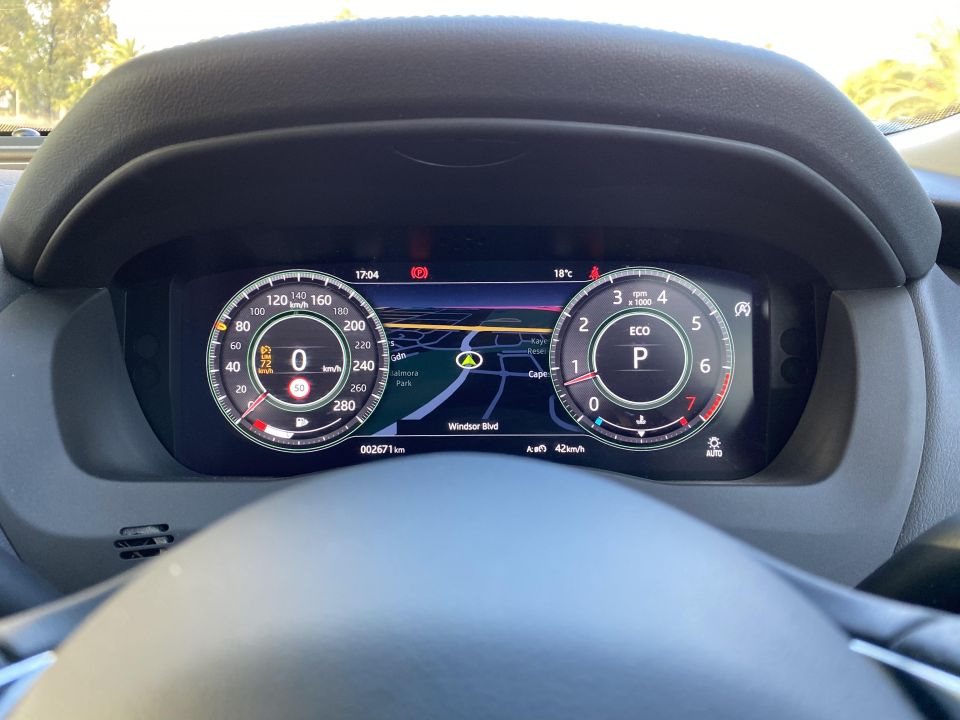
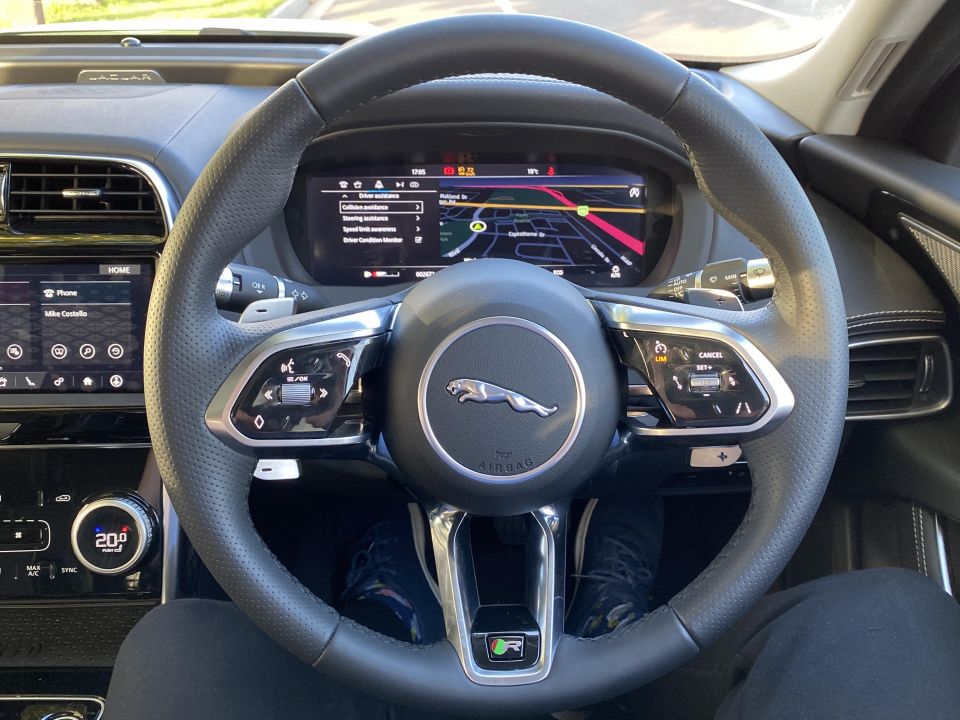
There’s an argument for the Adaptive Dynamics system to be standard fare, but I have to say the passive setup is generally pretty well-sorted. The XE is suspended firmly to maximise body control, but despite the slim tyre sidewalls it doesn’t crash too hard over sharp hits and other such road imperfections.
The speed-sensitive electric power steering system is probably the car’s best feature. The BMW is dynamic, but the Jaguar’s steering has one of the more precise, well-weighted, setups this side of a Porsche – amplified by the great wheel and low-slung driving position.
At the end of the day, the BMW feels a little versatile, with greater delineation of driving modes and a greater breadth dynamic of abilities – it can be cushy, firm, or economy-minded. And it’s always ready for a belt around your favourite sequence of twisting roads – even without the M Sport rear differential allocating torque across the axle.
However, there’s a stripped-back purity to the Jag, and its steering rules. If you’re buying a car with dynamic engagement as the key purchase motivator, then the XE might just be the car for you.
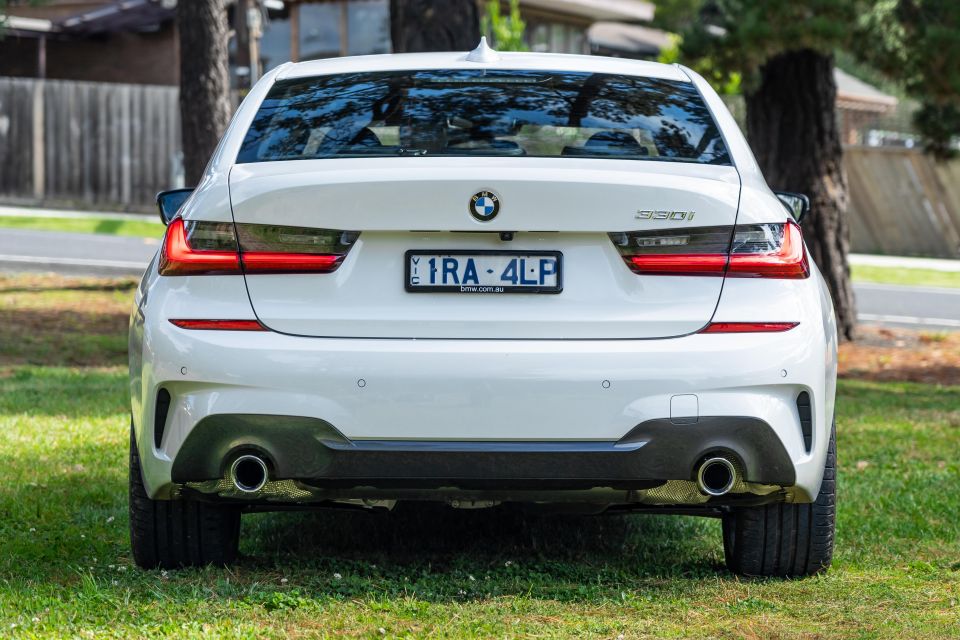

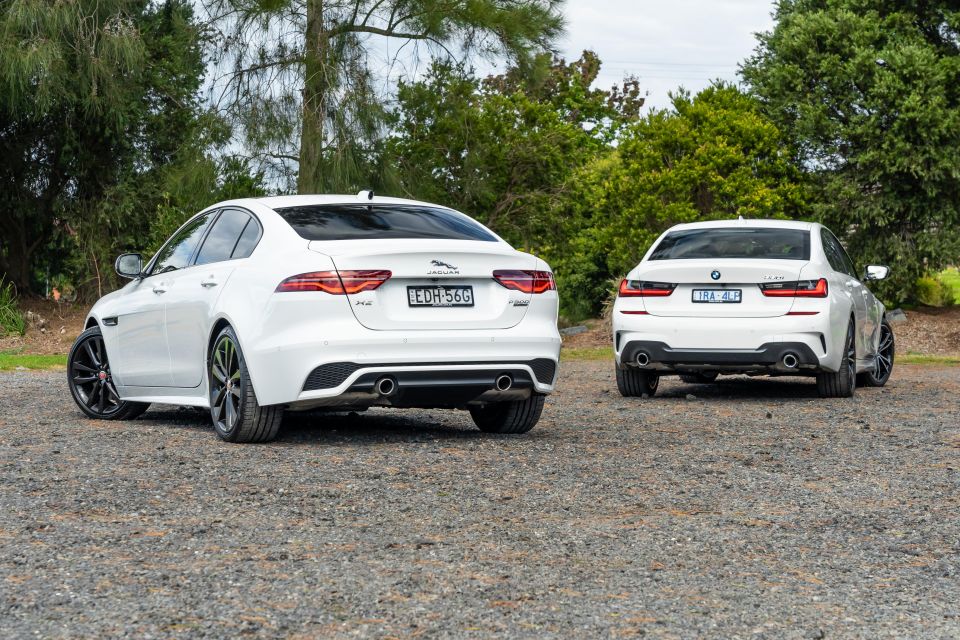
Both BMW and Jaguar sell servicing plans covering basics like annual checks, oil changes, filters, speak plugs and labour, but not perishables like brake pads and discs, or wipers. which all look to cost extra.
For the BMW, a five-year or 80,000km package covering the above-mentioned stuff using condition-based flexible intervals costs $1650, while a similar scheme for the Jaguar (five years/102,000km) is advertised at $1950.
Both brands offer fairly ordinary three-year warranty terms, which can be extended for a fee, or as part of a purchase negotiation. We don’t think this term is sufficient, with five years our preferred baseline cover.
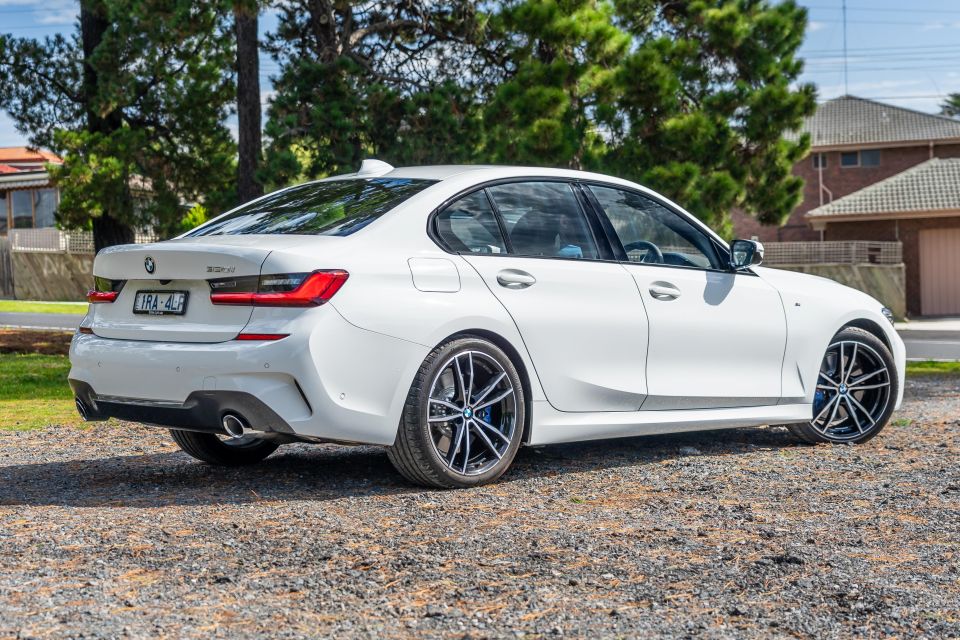
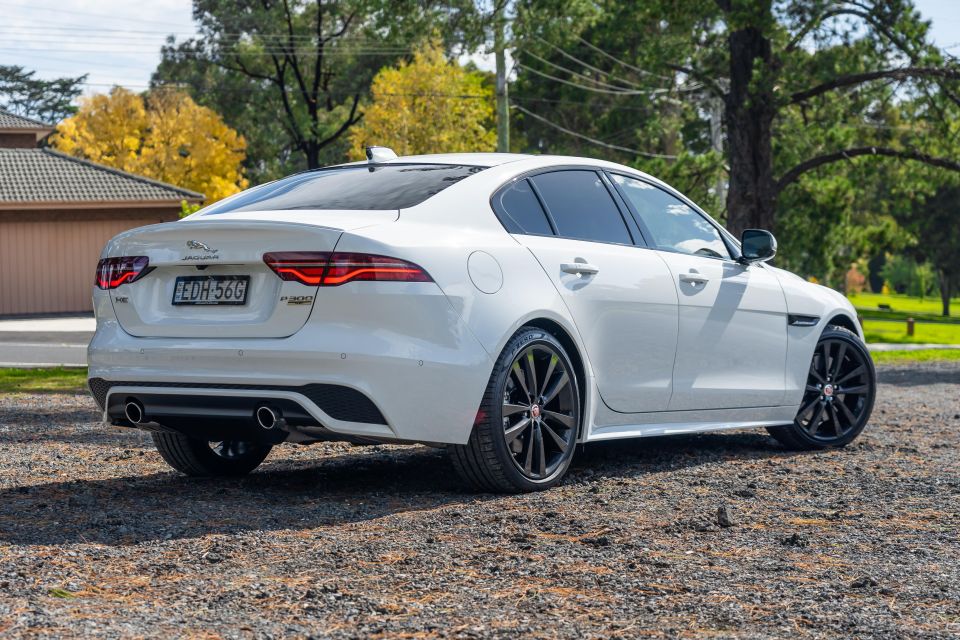
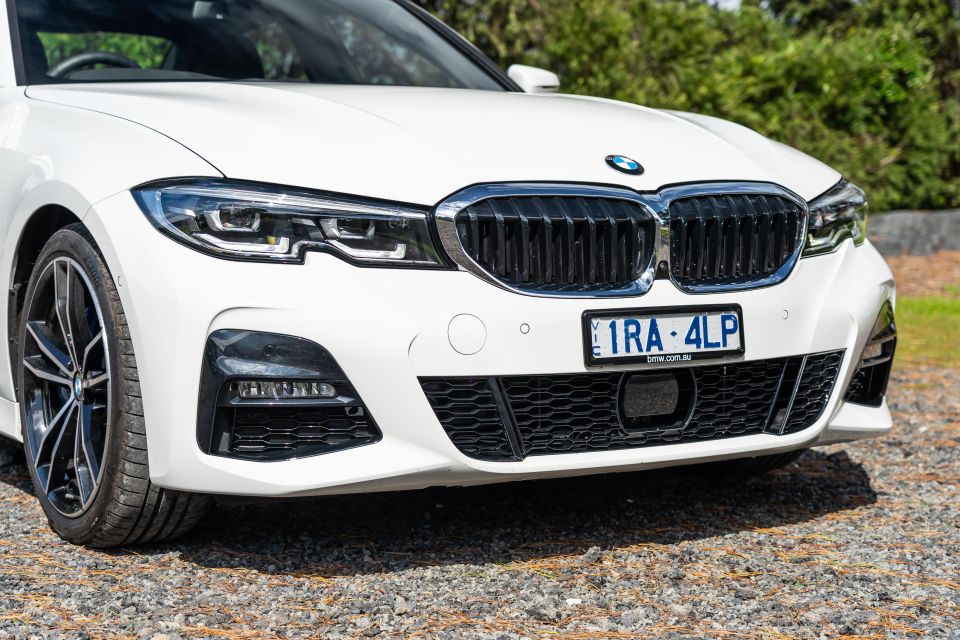
Jaguar’s pared-back XE range is better than ever, with reasonable pricing, plenty of punch, outsider charm, and sublime dynamic nous.
It’s an under-appreciated car in every sense of the word. Indeed, it does what the old 3 Series did, which is maximise dynamic enjoyment at all costs.
But the BMW 330i is still a fun-yet-not-formidable car to drive, and on top of this offers a superior suite of infotainment and safety tech (the gap has certainly narrowed though), more practicality inside, and just a little more Teutonic polish.
The Bimmer will please everyone, whereas the Jaguar is more targeted. I personally might just choose the Brit, but the German will suit more people in more ways.
Share your thoughts with us in the comments below!
Share your thoughts and write a review of a car you own and get featured on CarExpert.


Ben Zachariah
4 Minutes Ago


Derek Fung
34 Minutes Ago


Matt Campbell
7 Hours Ago


William Stopford
23 Hours Ago


Josh Nevett
1 Day Ago


Ben Zachariah
2 Days Ago